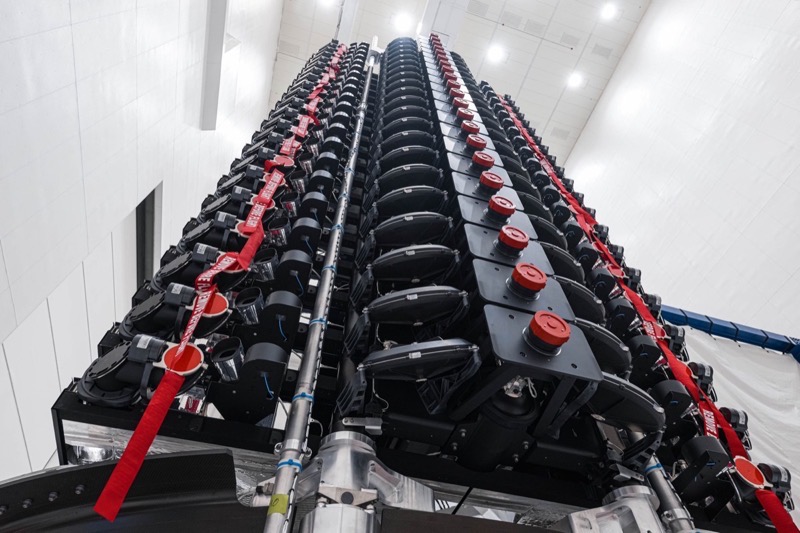
SpaceX Begins Data Transmission from Starlink 2 Constellation

SpaceX has taken a significant leap forward in its mission to provide global internet coverage, as the company begins utilizing its second-generation Starlink constellation to transmit internet data.
In a statement to the Federal Communications Commission (FCC) on Tuesday, the company revealed, “SpaceX has initiated communications between spacecraft in its Gen2 non-geostationary orbit satellite system and licensed earth stations with directional antennas located within the United States,” notes PCMag.
While SpaceX has not yet commented on whether the internet service from the Gen2 constellation is currently available to customers, the development holds promise for users of the satellite internet system. The Starlink system is capable of delivering high-speed broadband to virtually any location worldwide.
Due to its growing popularity, particularly in the United States, Starlink has been grappling with capacity constraints. This situation could lead to slower internet speeds and unreliable service for some users.
To combat this, SpaceX has launched hundreds of additional satellites to increase the system’s capacity. This strategy involves reinforcing both the first-generation Starlink constellation and the second, for which the FCC issued a license last December.
Specifically, SpaceX plans to utilize more powerful “V2” satellites to enhance the second-generation constellation, providing even faster speeds and greater capacity. However, the company’s FCC filing is short on specifics regarding further progress on the second-generation constellation. It did, however, confirm that “The first Gen2 space station was placed in its authorized orbit and began operating on February 10, 2023.”
This development is crucial because not all satellites in the second-generation constellation are equipped with the most advanced hardware. According to astronomer Jonathan McDowell, a majority of the satellites in the Gen2 constellation use V1.5 equipment. McDowell has been closely following the trajectory of the Starlink satellites.

